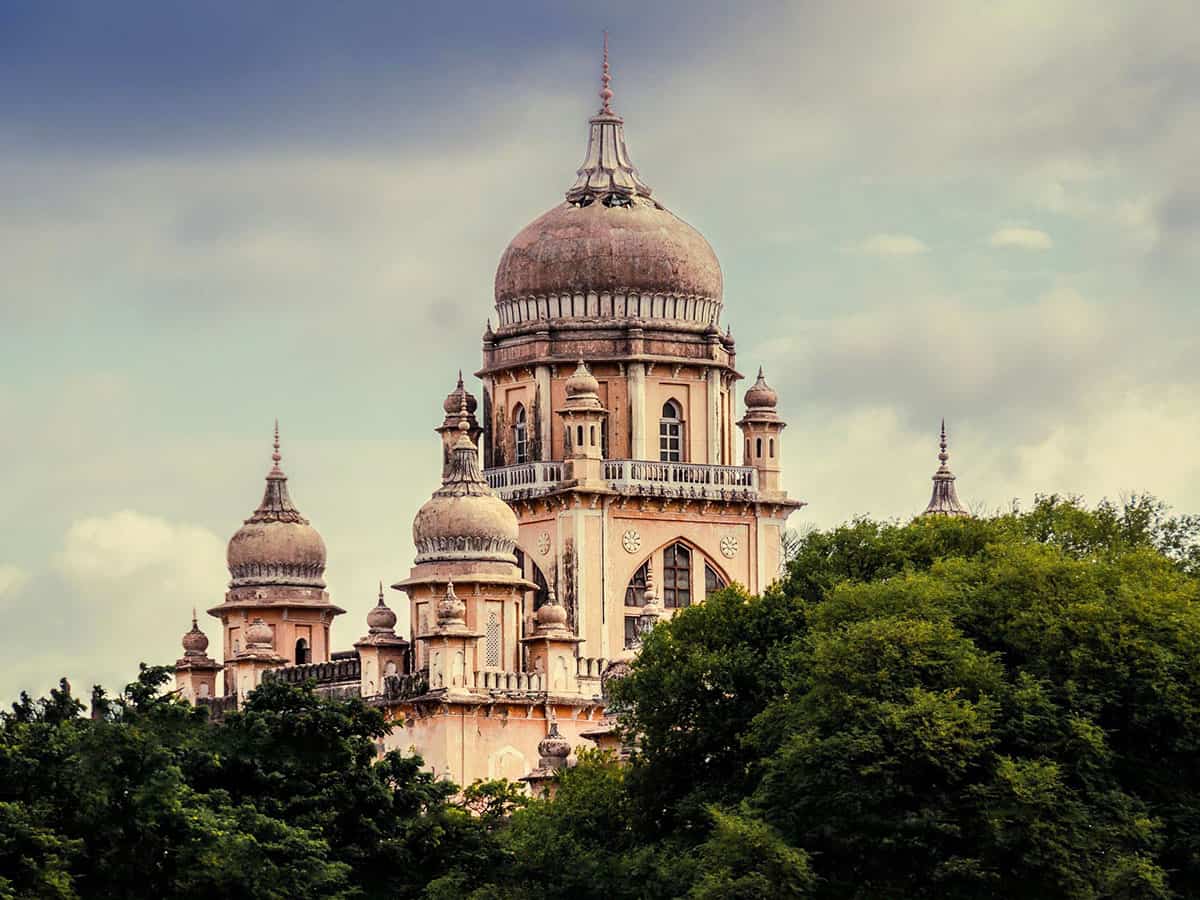Hyderabad: The state government’s stand that the Osmania General Hospital’s (OGH) original building is unsafe once again proved wrong as the new Quli Qutb Shah block, where most of the departments have shifted to, was flooded with rain water because to leaking roofs. The irony is that the main or heritage building of OGH, which is currently shut, has not flooded though there have heavy spells of rains over the past two months.
An official from OGH, on condition of anonymity, said that the inpatient portion of the Quli Qutb Shah block, which was built some years ago, had leaked due to heavy rain on October 9, resulting in the ward getting flooded with water. At the same time plaster has fallen off from the roof in another part of the block. But this incident had taken place in August.
All these incidents only prove that the state government’s action of shutting down the main or heritage building of OGH has in fact proven to be disastrous, both for the staff and patients. The main block was shut since July 22 after the ground floor was flooded with rain water, which transpired due to a nala (sewer) line underneath getting choked.
“The problems in the hospital have not been solved except that some new infrastructure was built over the past few weeks after junior doctors went on a strike in protest earlier. It is a fact that the old building had flooded only due to a nala line getting choked. In fact, they should open it now at least, since it is clearly not getting flooded,” said a junior doctor who did not want to be quoted.
Infrastructure issues at OGH have been perpetual during the ongoing corona virus (COVID-19) pandemic. The shutting down of the old block had essentially resulted in a lack of space for conducting elective surgeries.
When contacted, a senior OGH official, who did not want to be quoted, said that one of the upper floors of the Quli Qutb Shah block had flooded due to some issues with the roof work that was done earlier. When asked if the state government will reconsider reopening the old heritage building, he refused to comment.
OGH was completed in 1925 after Hyderabad was affected by the bubonic plague around 1911. The city administration then took care of the issue, following which the then Nizam Osman Ali Khan (1911-48) set up the City Improvement Board (CIB) in 1912 to improve Hyderabad’s infrastructure. It was designed by architect Vincent Esch, who also designed the Victoria Memorial in Kolkata.

